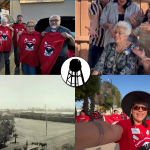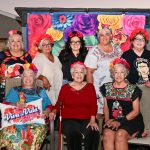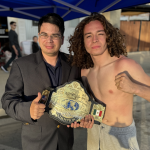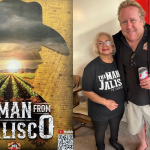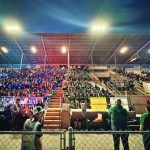written by dario-felix moreno
edited by sarina e. guerra
Growing up as a third-generation Mexican-American in the Imperial Valley, my cultural identity has been shaped by a unique blend of family history, border dynamics, and the social realities of my community. While my roots trace back to Mexico on both sides, living near the border has influenced my daily life and worldview. The Mexican-American identity is constantly…

Some may emphasize the American aspect of their identity to comply with American exceptionalism. Others may choose to leave out the Mexican part to be fully assimilated into the dominant white American culture. For many Mexican-Americans, identity is often pitted against the stereotypes of “illegal” immigrants and cartel mules. Mexican-Americans, including those in the Imperial Valley, may then try to justify their identity and existence to distance themselves from these associations.
Mexican-American identity in the Imperial Valley is complex and layered. Many young people, like myself, feel disconnected from traditional Mexican culture. Although we live near Mexicali and can conveniently cross over, many prefer to stay in the Imperial Valley or travel to San Diego. Some people have never even traveled across the border in their lifetime. Is it because we buy into the framing that paints Mexico as a crime-ridden, desert hellscape? Or do we feel more comfortable living in a culture where we can dictate on our terms? This is especially relevant as the generational divide grows and assimilation into American society increases.
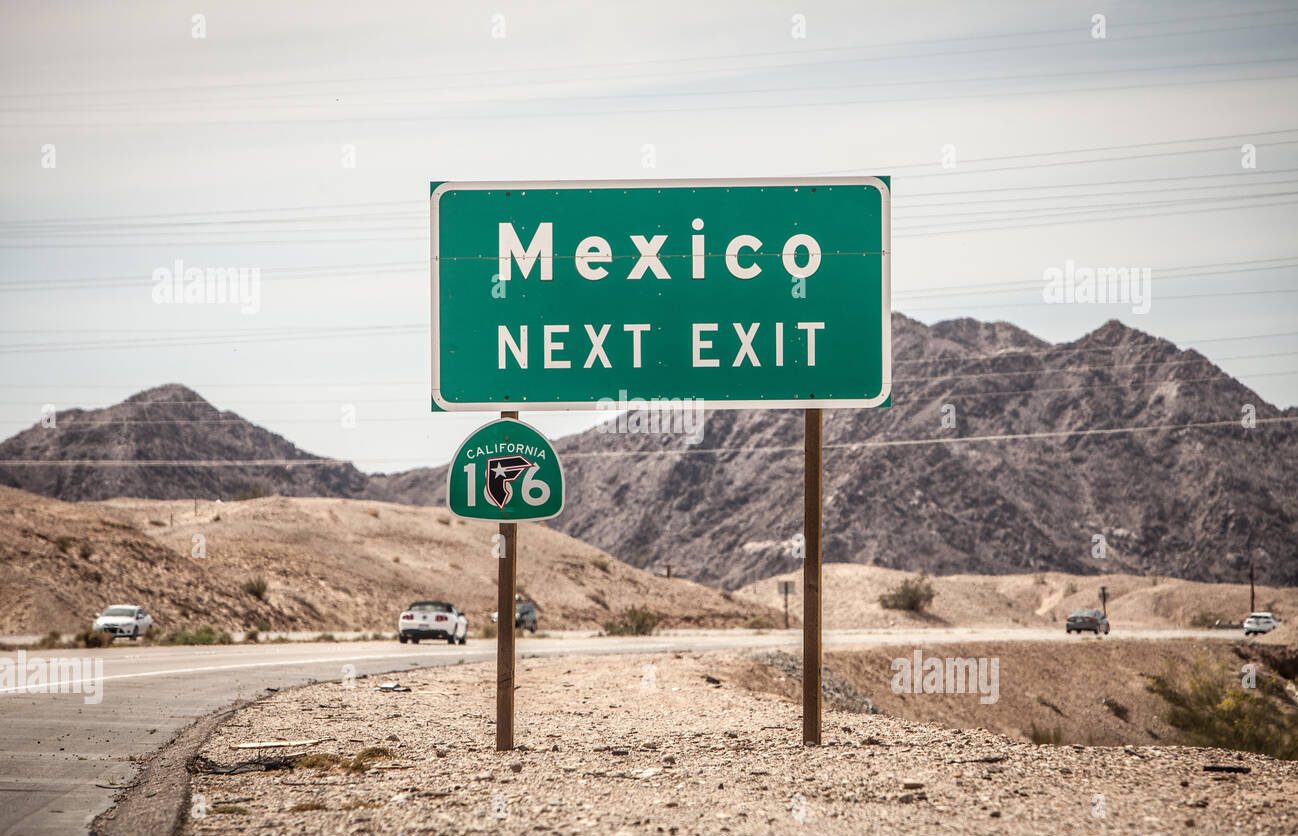
Source: Alamy
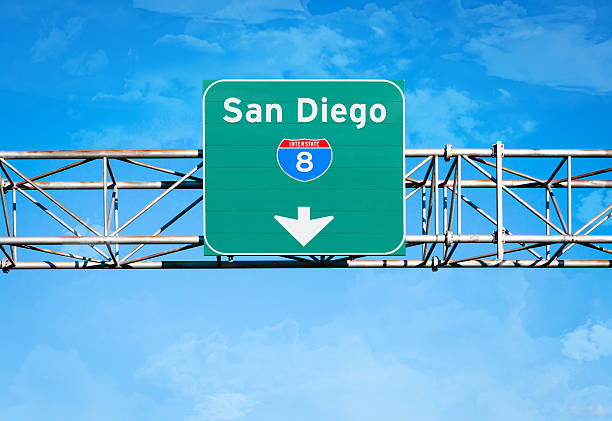
Source: iStock
We need to understand that what we consider to be Mexican-American identity now…

Although identity may evolve, I am less certain that other things, like certain social dynamics, will. Colorism, or prejudice based on skin color within the same ethnic group, is common in the Imperial Valley. It is indicative of a systemic issue in the broader Latino community. Lighter skin and more European features are often favored, and sometimes encouraged.
I remember my mother telling me that my grandmother was confused as to why I wasn’t born like my light-skinned, green-eyed father. She hadn’t considered that her being brown-skinned with dark hair was a factor. Although colorism comes from the legacy of colonialism, it is often an internalized bias that can affect self-esteem, social relationships, and even promote stereotypes within our community.
The Imperial Valley is also affected by negative social dynamics that harm the community. We often see a “crabs in a bucket” mentality, or the belief that community members within the same culture or ethnicity hold each other back. This can be seen in local attitudes toward success and ambition with many people spreading chisme or rumors to bring others down.

Many people cannot find jobs due to favoritism, which can often lead to incompetent people being hired. This “compa system” worsens already existing disparities, such as economic inequality and poverty. These negative aspects are also influenced by proximity to whiteness, the concept of non-whites aligning themselves with the dominant white culture by adopting values, appearances, or social stances to gain access to the privileges associated with whiteness.
In our current political environment, we can see how this can marginalize even those with deep roots in our community. The Imperial Valley’s history as a borderland has seen an increased reliance on Border Patrol, which hires people directly from the Imperial Valley. At the same time, we have seen a national trend of far-right politics that demonizes undocumented immigrants, especially Latinos, and more specifically Mexicans. Acculturation, or balancing values and expectations of heritage and dominant cultures, is central to the Mexican-American experience. This tug of war shapes the political identity of many residents in the Imperial Valley.
To not be labeled as “foreign invaders” or “bad hombres,” Mexican-Americans in the Imperial Valley adopt the politics of the dominant white culture to make their own identity more palatable. And this translates to negative views on undocumented immigrants and seasonal migrants, who ironically are an asset to the white-dominated agricultural industry in the Imperial Valley. This can also manifest in other ways, such as being overly if not comically patriotic, Americanizing first names or adopting white nicknames, and even adopting a more conservative or “traditional” religious identity. Proximity to whiteness is key to influencing how Mexican-Americans view themselves, and the people who may threaten the image they’ve sold themselves.
My Mexican-American identity is shaped by my heritage and unique experience of living in the Imperial Valley. My experience reflects the evolving nature of ethnicity and the importance of embracing complexity in the search for belonging. Grappling with negative social dynamics and the rise of white proximity in the Imperial Valley emphasizes the importance of embracing the differences in our community. The only way to look forward…

Want to support People’s Press?


